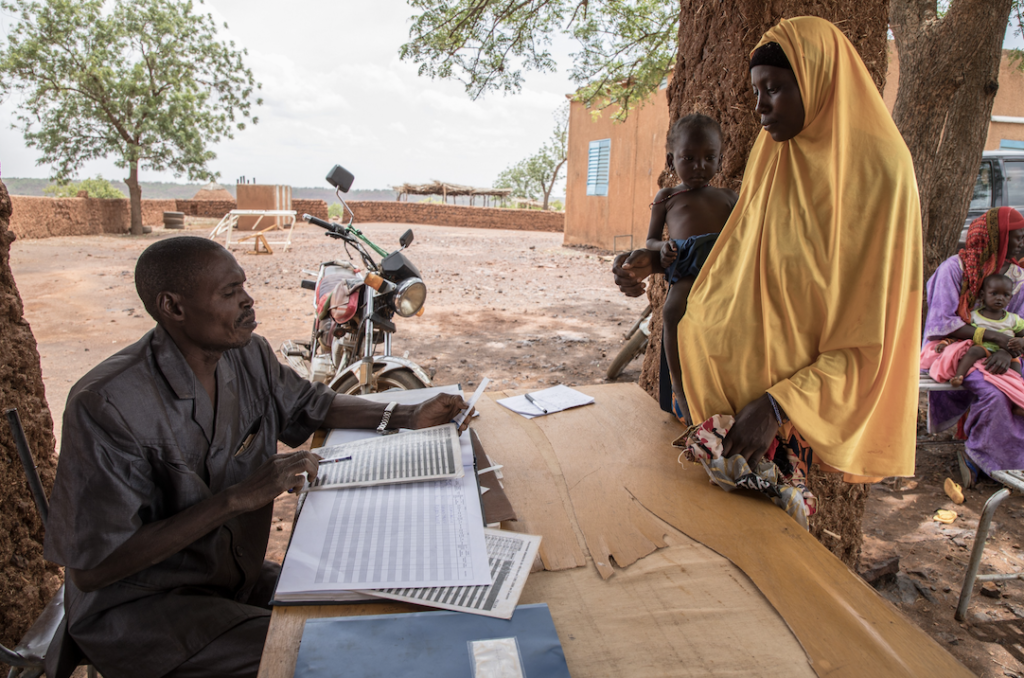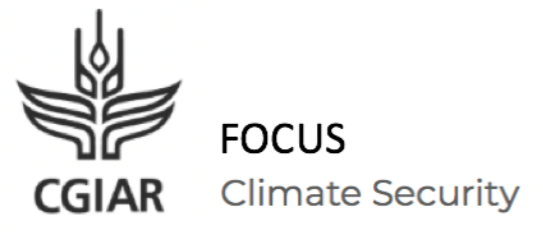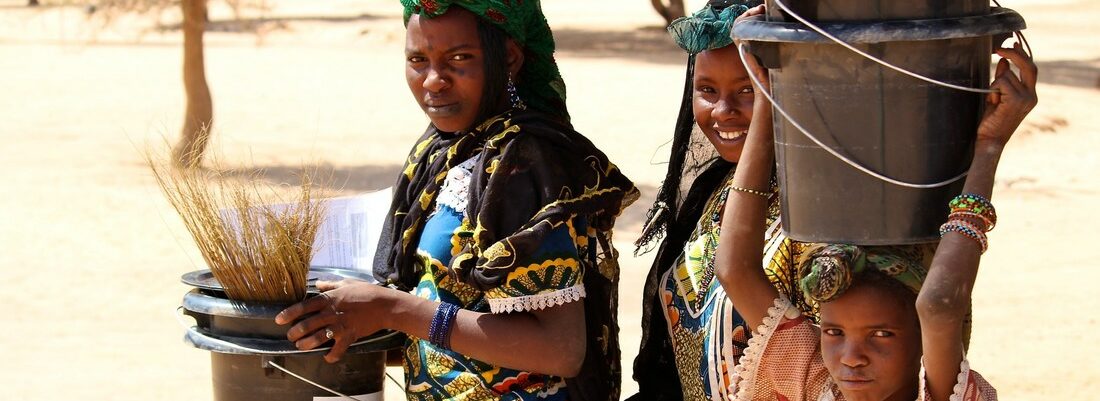Among the main drivers of conflict and peace insecurity in vulnerable regions are food insecurity and the lack of sufficient income to support livelihoods. Each of these issues in their own right, have the power to de-stabilize vulnerable communities causing tension and, in some cases, violent conflicts and civil unrest. To understand the connection been poverty, food insecurity, and conflict it is important to note that as of this century civil conflict is almost solely an anomaly affecting regions which are food/water insecure and experiencing some form of poverty (Collier et al. 2003). There is indeed a growing body of research which states that civil conflict is intrinsically linked both directly and indirectly to environmental and political factors affecting access to wealth, food and water scarcity (Center for Systemic Peace 2012).
To understand the intricacies between these prominent conflict drivers it is important to note their ties to agriculture and its ability to prosper in a region. A strong agricultural system can aid in the development of secure societies in vulnerable areas through the creation of wealth, incomes, and prosperous livelihoods. To ensure the development of an agricultural system that has the ability to withstand ever increasing climatic shocks, farmers, institutions, and governments must adapt and diversify current methods through the implementation of Climate Smart Agricultural (CSA) practices. CSA is an approach which hopes to ensure security through increased agricultural incomes, adaptation and resilience building and mitigation of greenhouse gases where possible. One such CSA practice is community-based agriculture (CBA) which is a process of resilience building relying on the mapping and recording of how CSA practices reduce vulnerabilities among local communities.
Climate smart villages (CSV) are a fraction of the CBA program, whereby small communities are selected to participate in an adaptation and agricultural rejuvenation scheme. CSV are set up in areas which are considered to be high risk regarding threats from climate change (Kinyangi et al., 2015). They are equipped with CSA technologies, information services, and adaptation practices, all tailored toward the village and its specific agricultural needs. These may include local development plans such as workshops, adaptation plans such as new seed and livestock species, climate information services such as weather stations and new technologies such as irrigation systems.
These CSA practices and the associated participatory action research is aimed at deriving a portfolio of scalable technological options and social learning processes that address climate and livelihood risks. The research also aims to identify local livelihood, nutrition, and income needs. The aim of the scheme is to build resilience, ensure security and promote adaptation though the use of interventions both institutional and technological. Individual projects are based on local conditions and global knowledge (Aggarwal et al.,2013).
For regions with existing ethnic tensions who are prone to conflict, the development of CSVs, related stakeholder discussions and development plans present strong foundations for long-term development and reductions in exposure to climate variability. This is particularly important in a country such as Myanmar where there is a distinct diversity of ethnic groups, climate zones and agroecosystems. (Heltberg, Siegel, & Jorgensen, 2009) (Kansiime, 2012). The beginning of this blog outlines how different resource insecurities and discrepancies may cause conflict and unrest in many parts of the world. In contrast to this, is the case of Myanmar, where it is instead appropriate to interpret the ongoing conflict as a driver for many of the country’s insecurities. It is often the case that certain drivers of conflict such and food and water insecurity are consequences of tensions in an unstable area. The ethnic conflict in Myanmar has been a long and gruesome one with many casualties among both parties and civilians alike.

According to USAID, armed conflict, recurring natural disasters and intercommunal violence are all drivers of food insecurity across Myanmar. Vulnerable communities lack access to nutritious food and livelihood opportunities along with population displacement, destruction of crops and lack of access to income generating opportunities. In a region so prone to disruption, poverty, and unrest it is essential to introduce measures and practices which help to build resilience among communities, while providing access to essentials such as clean water, nutritious food, and a steady income. Communities, both large and small, must be prepared to address both current and future risks to ensure security, one way this can be achieved is through the implementation of climate smart villages.
Our partners at IIRR will observe a network of four climate smart villages implementing unique community based agricultural processes. It is hoped that this opportunity can be utilized to refine, adapt, and optimize the climate smart village approach as a platform to support community-based adaptation processes. Each of the villages are comprised of diverse agro-ecological and socio-cultural settings within Myanmar. Aiming to develop and test scalable social learning processes and institutional mechanisms that may facilitate community-based adaptation processes, and to scale up the most successful agricultural innovations through civil society organizations and government institutions. The project will focus on building a portfolio of agricultural methods and technologies which can be rolled out across the country in the aim of building livelihood security and agricultural resilience among tensions.
Examples of specific actions taken by the IIRR include participatory vulnerability assessments, testing of identified CSA options, and building partnerships with local NGOs. In Ma Sein village, IIRR, conducted testing of household-level container gardening and backyard pig raising. Additionally, a school garden was set up to demonstrate vegetable production and small-scale fish culture for the education of children and parents on the value of diversification. In Htee Pu village, IIRR implemented the distribution of pigeon pea, green gram and mango seedlings to demonstrate small-scale fruit tree orchards.
The next phase of the program will focus on strengthening the implementation of CSA options and documenting the results of these with regards to reducing the risks climate change poses to farmers. In the near future, IIRR will partner with local research stations to develop a portfolio of CSA options relevant to different agro-ecologies and sociocultural settings. Equity, gender, and nutrition considerations will be featured in the design of local strategies. In homesteads, schools, and every CSV, small farms will serve as complementary platforms for promoting CSA in an effort to strengthen local adaptive capacities.
The implementation of CSV in Myanmar is an important aspect of developing adaptation systems for future use. It is instrumental in our understanding of how increased food and income security may affect those most effected by conflict. How can the adaptation and construction of prosperous agricultural systems aid in the resolution of tensions in Myanmar and across the globe?

